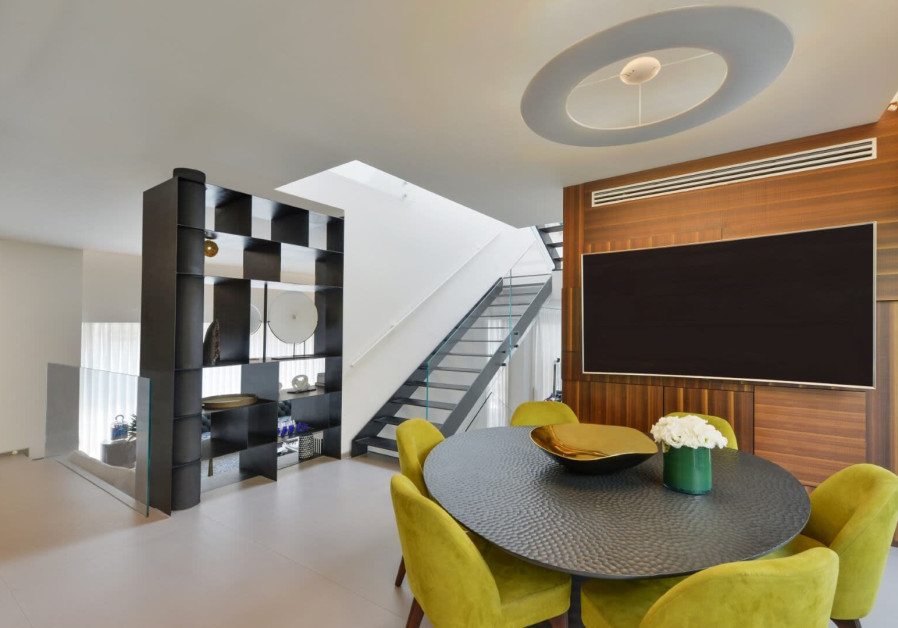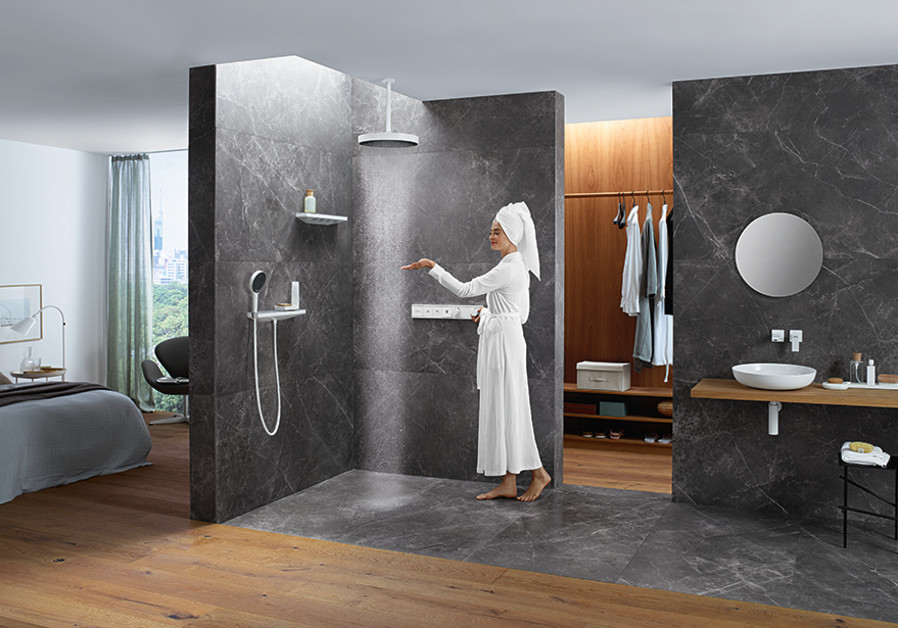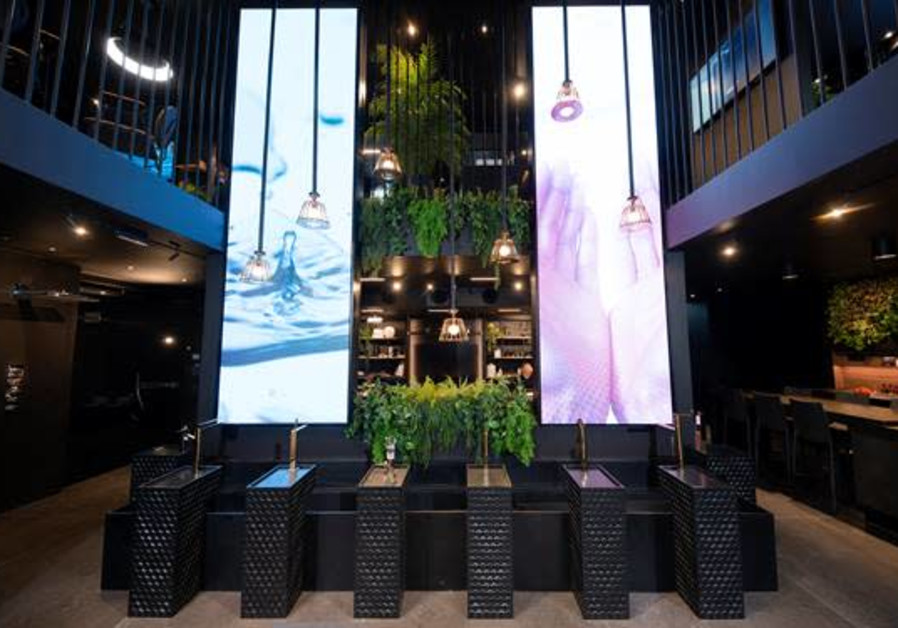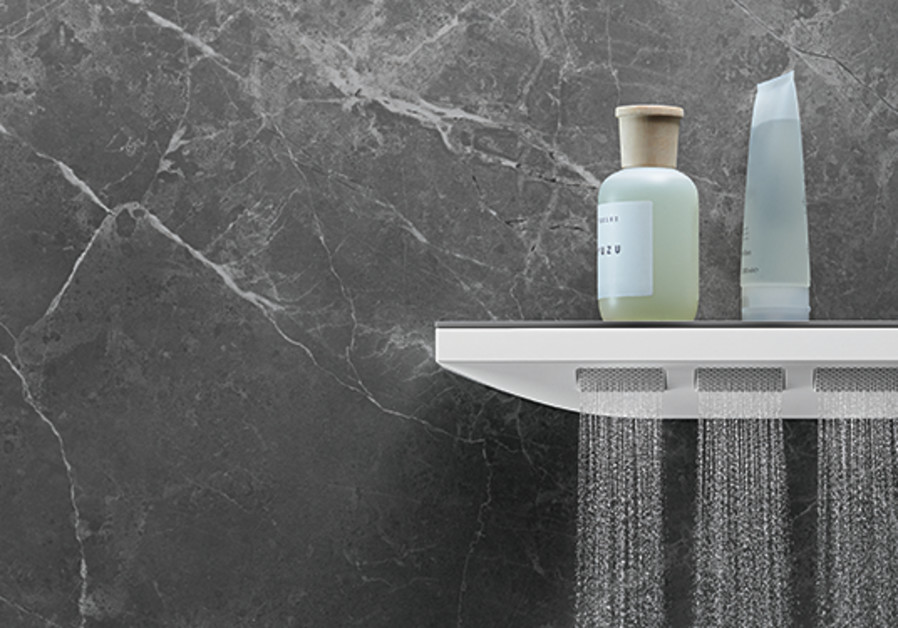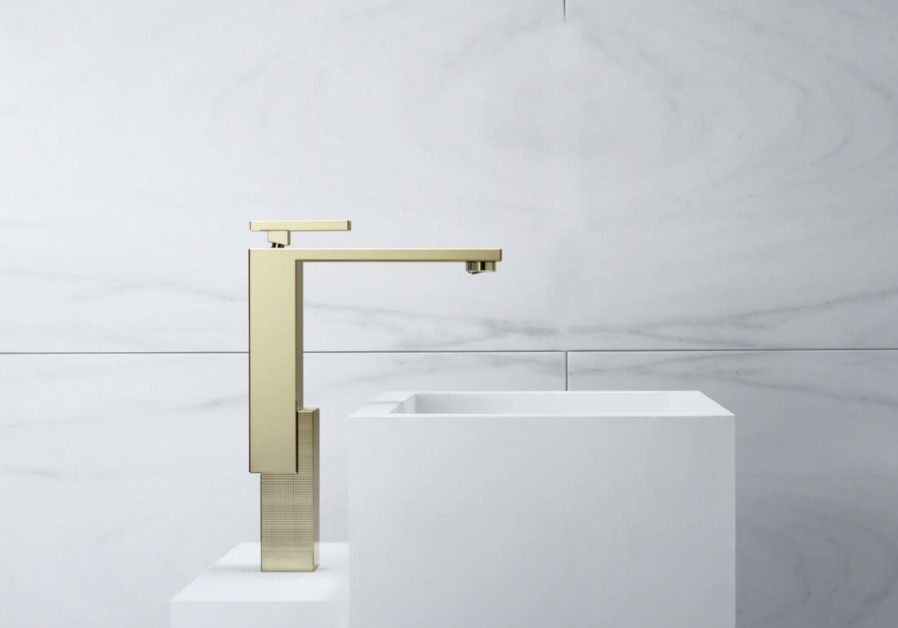During the past 30 years, Israel has been experiencing a rapid rise in living standards, and Israelis are open to global fashion trends. This is particularly evident in the clothes we wear, the music we listen to, and the dwellings we live in.
When the State of Israel was established more than 70 years ago, dwellings were basic in the extreme, with very few items that were not strictly necessary.
Today, most houses and apartments are far from basic. Residents want their dwellings to be well designed, with attractive and luxurious furniture and living rooms, inviting dining areas, comfortable bedrooms and, especially during this period of social distancing, efficient work spaces.
The latest trends in bathroom decor
● Deep bathtubs
● Integrated lighting
● Framed mirrors
● Marble paneling
● Travertine tiling
He says, “People all over the world are placing special emphasis on having a bathroom that is both beautiful and practical. One of the main reasons is the fast tempo of life, not only in the workplace but also in the home. In these circumstances, the bathroom is one of the only places where a person can be totally alone. It is a refuge of sorts, so that is why it should be relaxing, attractive, and practical. Currently, some high-end residences are installing retro fixtures. For example, Kaldewei is manufacturing enamel-coated iron bathtubs. Franke is manufacturing granite sinks, as well as ultra-modern features such as hand and overhead shower heads and fashionable faucets.
All these appliances are very technically advanced and look good as they have being designed by leading world renowned designers such as Philippe Stark, Antonio Citterio Patricia Urqiola and others.
Many of the high quality products of Hansgrohe -AXOR we market have a 7 years guarantee, while the concealed part which is the most important part has 25 years guarantee.
All can be viewed in the new Notaly Showroom at Number 9, Shlomo Ben Yosef street in Haifa or in our Showroom at Number 10, halechi street in bnei brak.
In large luxury residences, there are more than one bathroom and more than one lavatory (a room with a toilet and a sink). In addition to the communal bathroom, most of these residences have an en suite bathroom in the master bedroom. Many ultra-luxury residences have en suite bathrooms in all or most of the bedrooms.
In the past, when dwellings were very basic, the lavatories were part of the communal bathroom. But nowadays, while a lavatory is part of the communal bathroom, there is always a separate lavatory as well.
A bathroom by any other name
The term for the space that is designated to cleanse the body varies around the English-speaking world, as does the design of the room itself. In North American English, the term “bathroom” refers to any room in a residence that contains a toilet, regardless of the inclusion of a bathtub or shower.
A “full bathroom” is generally understood to contain a bathtub and/or a shower, a toilet, and a sink.
An “en suite bathroom” or an “en suite shower room” is attached to and accessible only from a bedroom.
In British real agent terminology, a “family bathroom” is a full bathroom that is not attached to a bedroom, with its door opening onto a hallway.
A “Jack and Jill bathroom” (or “connected bathroom”) is situated between and usually shared by the occupants of two separate bedrooms. It may also have two sinks.
A “wet room” is a waterproof room that is usually equipped with a shower. It is designed to eliminate moisture damage and is compatible with underfloor heating systems.
Historically, bathing was often a collective activity that took place in public baths. In some countries, the shared social aspect of cleansing the body is still important, such as the sento in Japan and the Turkish bath (also known by other names, such as hammam) throughout the Islamic world.
Fixtures and furnishings
In today’s homes, bathrooms contain a wide variety of well-planned and well-designed features. Towels: Bathrooms often have one or more towel bars or towel rings for hanging towels.
Furniture: Bathroom furniture usually includes a medicine cabinet to hold personal hygiene products and medications. There is usually also a set of drawers or shelves for storing towels and other related items.
Bidet: Some modern bathrooms contain a bidet of the traditional type. It is usually situated next to the toilet.
Plumbing: The design of a bathroom must take into account the use of large amounts of hot and cold water. Water may be splashed on the walls and floor, and humid air may cause condensation on cold surfaces. These facts present some challenges to the interior designer.
Ceiling, wall, and floor materials and coverings should be impervious to water and be easy to clean. The use of ceramic or glass, as well as smooth plastic materials, is very suitable because they are water repellent and easy to clean.
However, such surfaces are often cold to the touch, so water-resistant bath mats or bathroom carpets may be used on the floor to make the room more comfortable. Alternatively, the floor may be heated, possibly by strategically placing resistive electric mats under floor tile or radiant hot water tubing close to the underside of the floor surface.
Electricity
Electrical appliances such as lights, heaters, and heated towel rails generally must be installed as fixtures, with permanent connections rather than plugs and sockets. This minimizes the risk of electric shock. Ground-fault circuit interrupter electrical sockets can reduce the risk of electric shock and are required for bathroom socket installation by electrical and building codes in the US and Canada. In some countries such as the UK, only special sockets suitable for electric shavers and electric toothbrushes are permitted in bathrooms and are labeled as such.
Lighting
Bathroom lighting should be uniform, bright, and minimize glare. For activities such as shaving, showering, and grooming, one must ensure that there is adequate lighting throughout the bathroom. In addition, the mirror area should have at least two sources of light. In Association with Notaly


